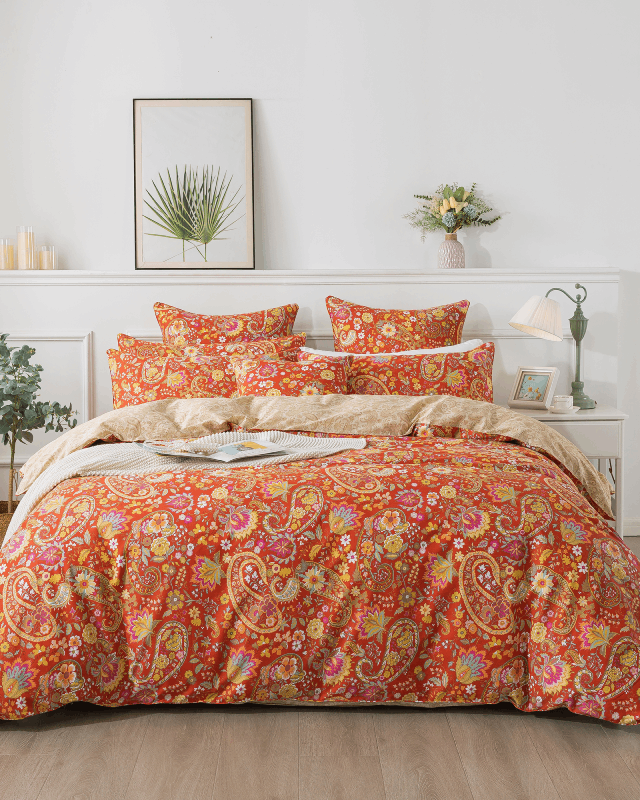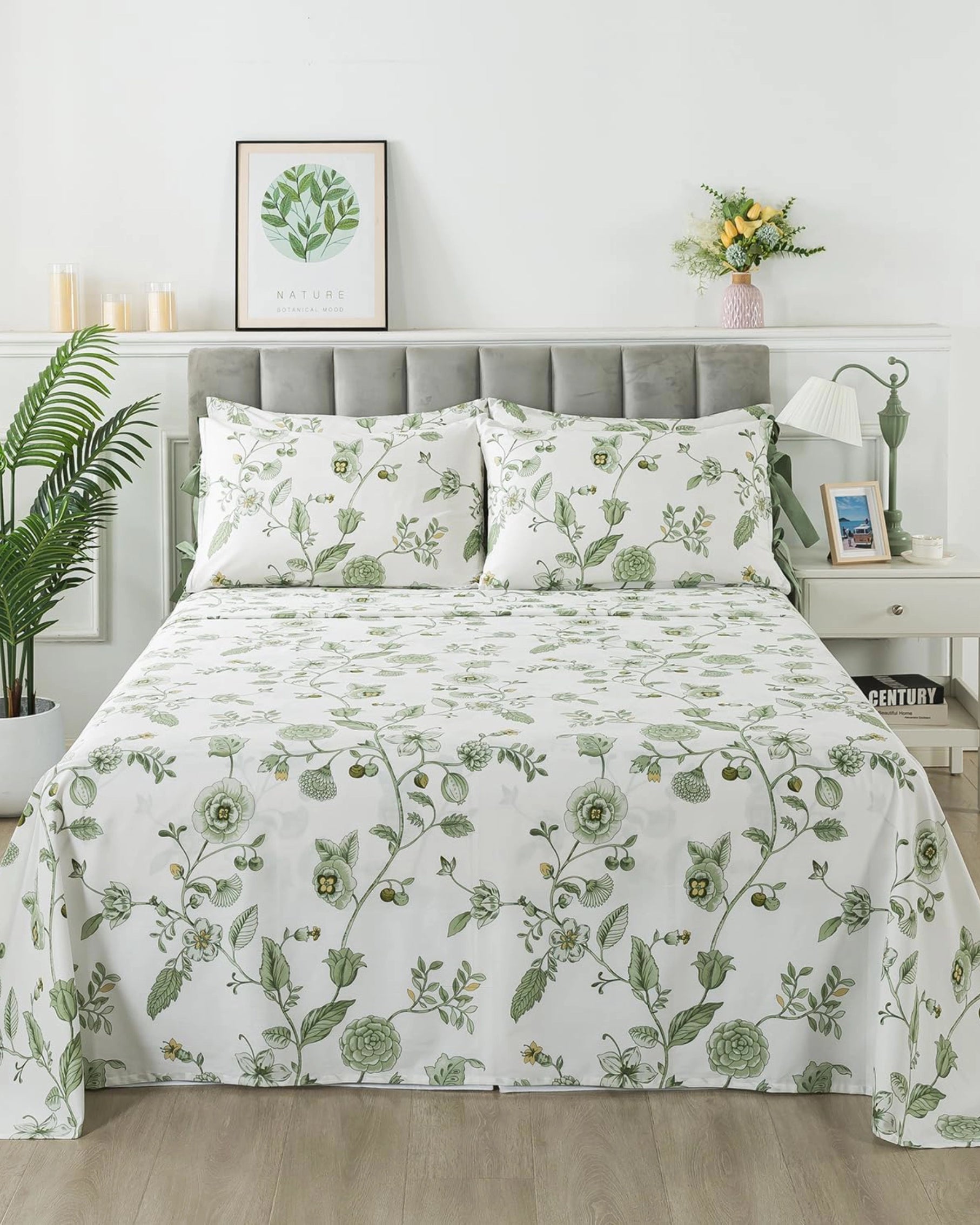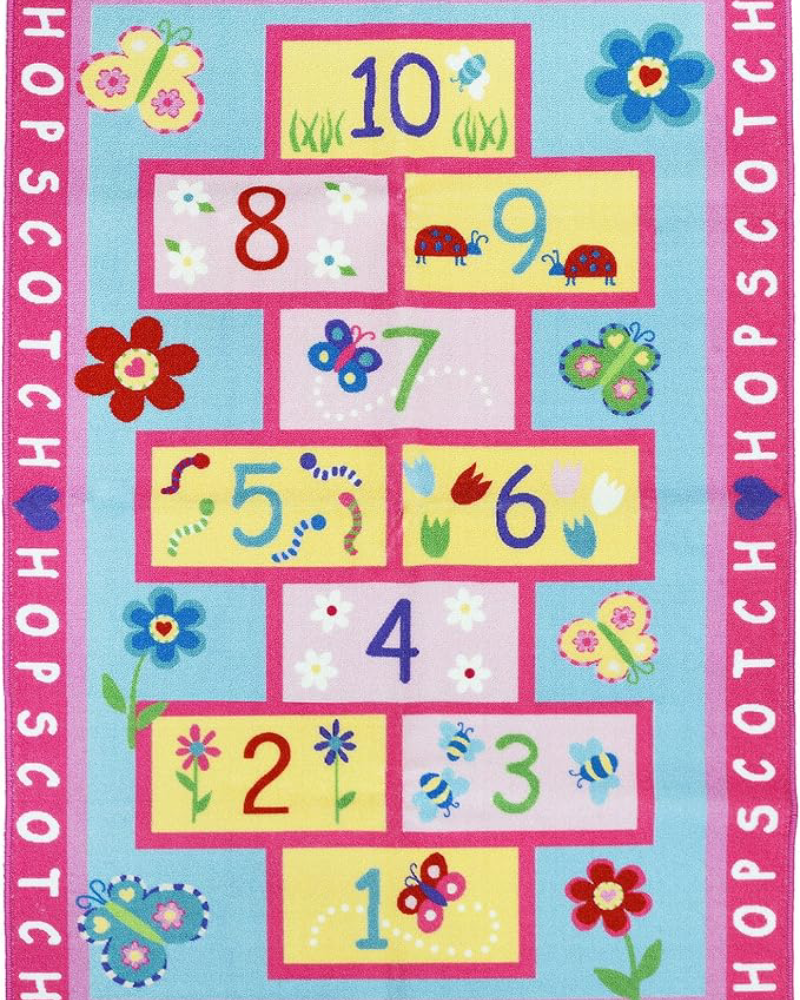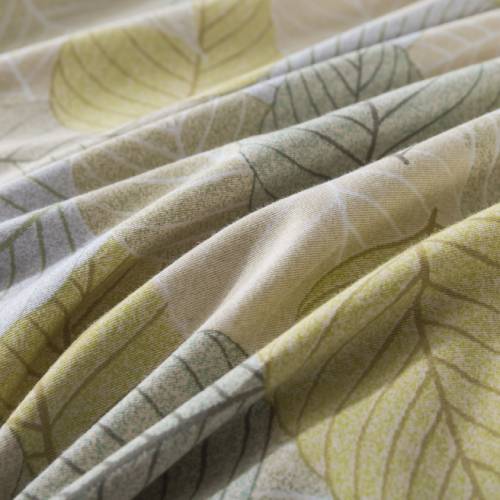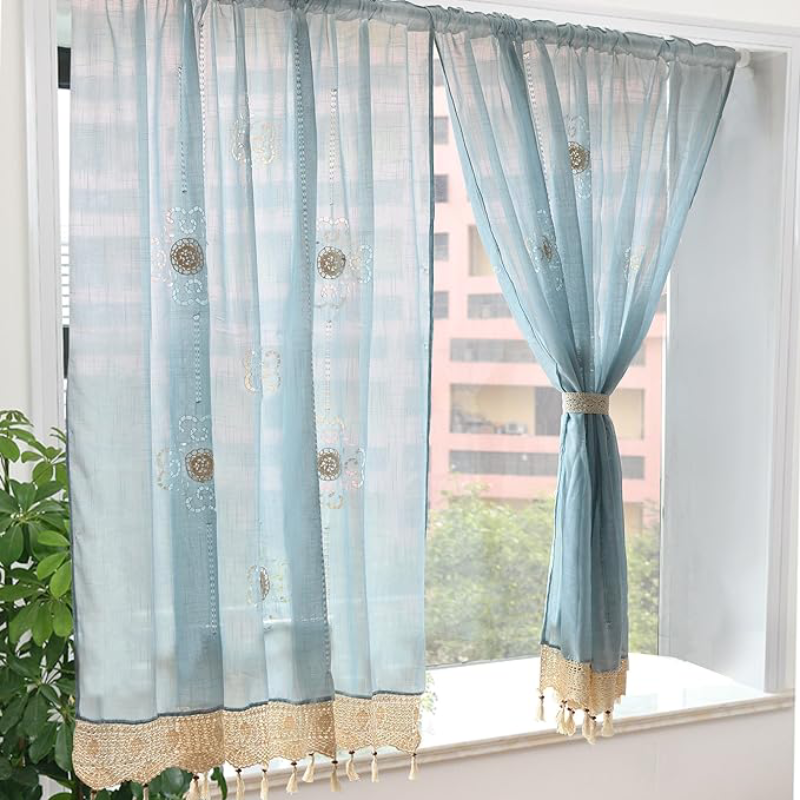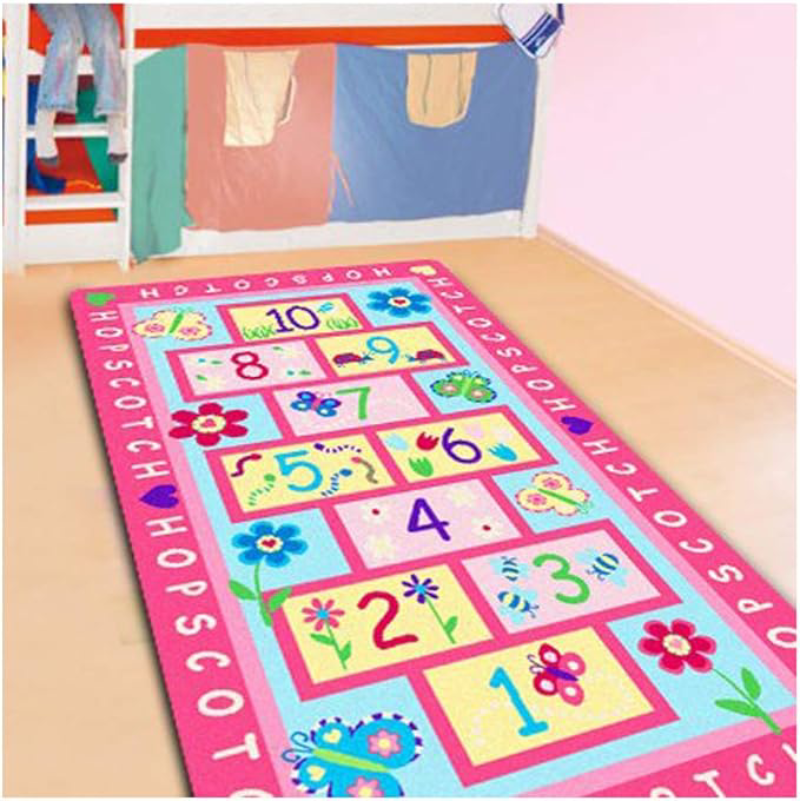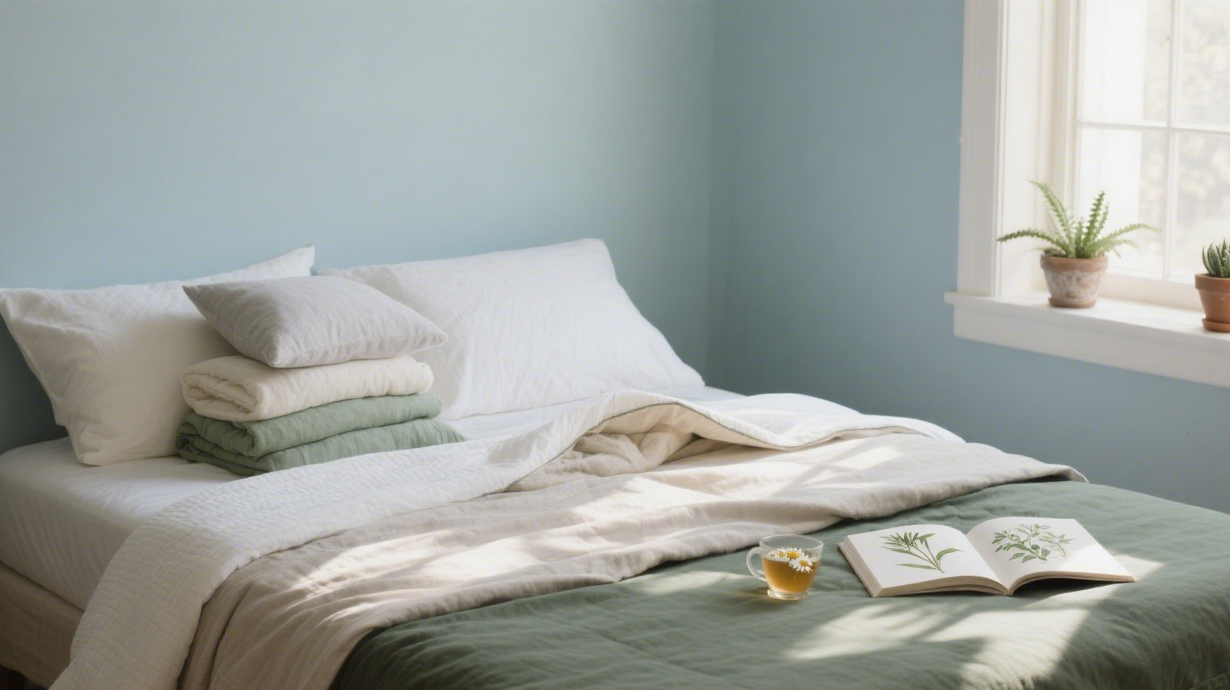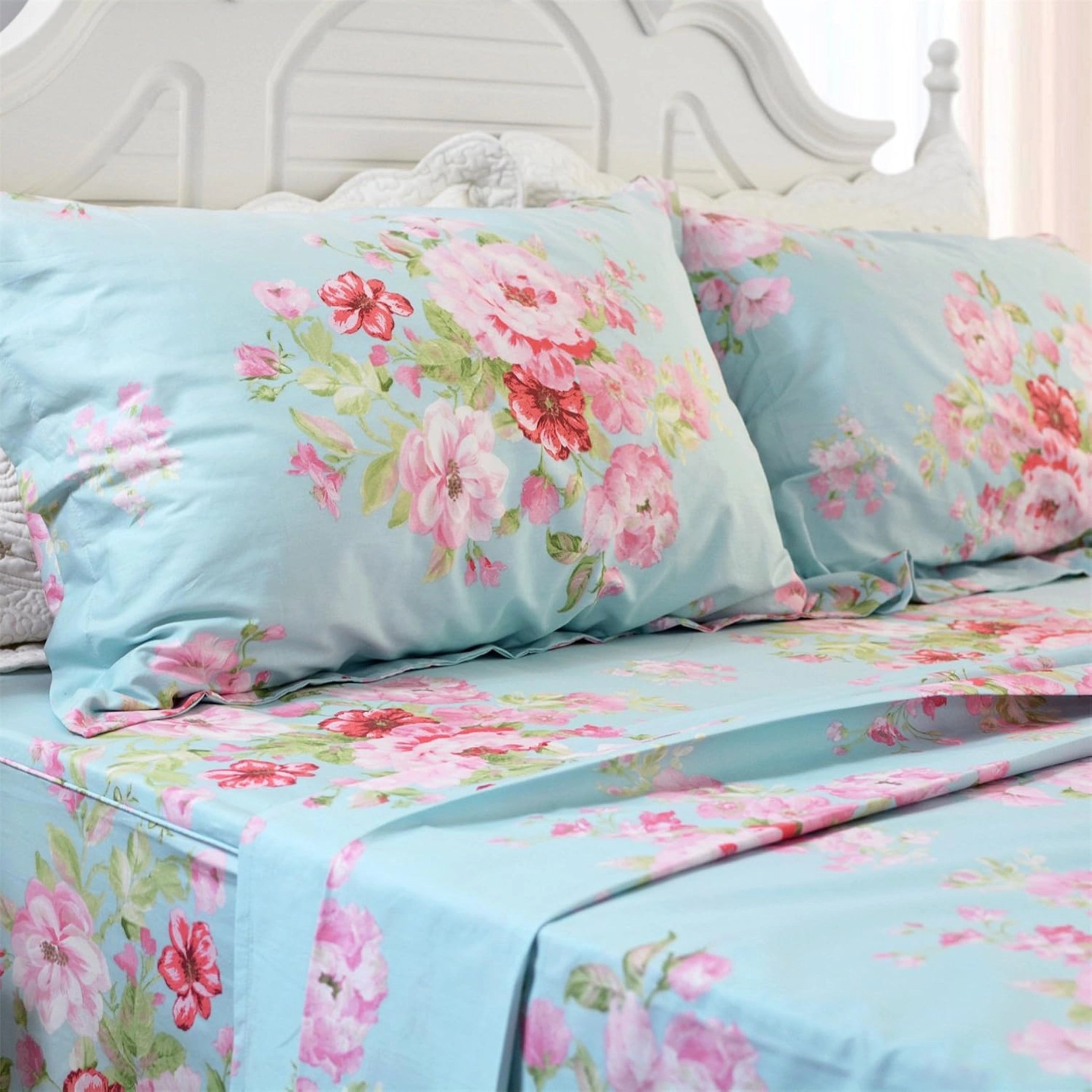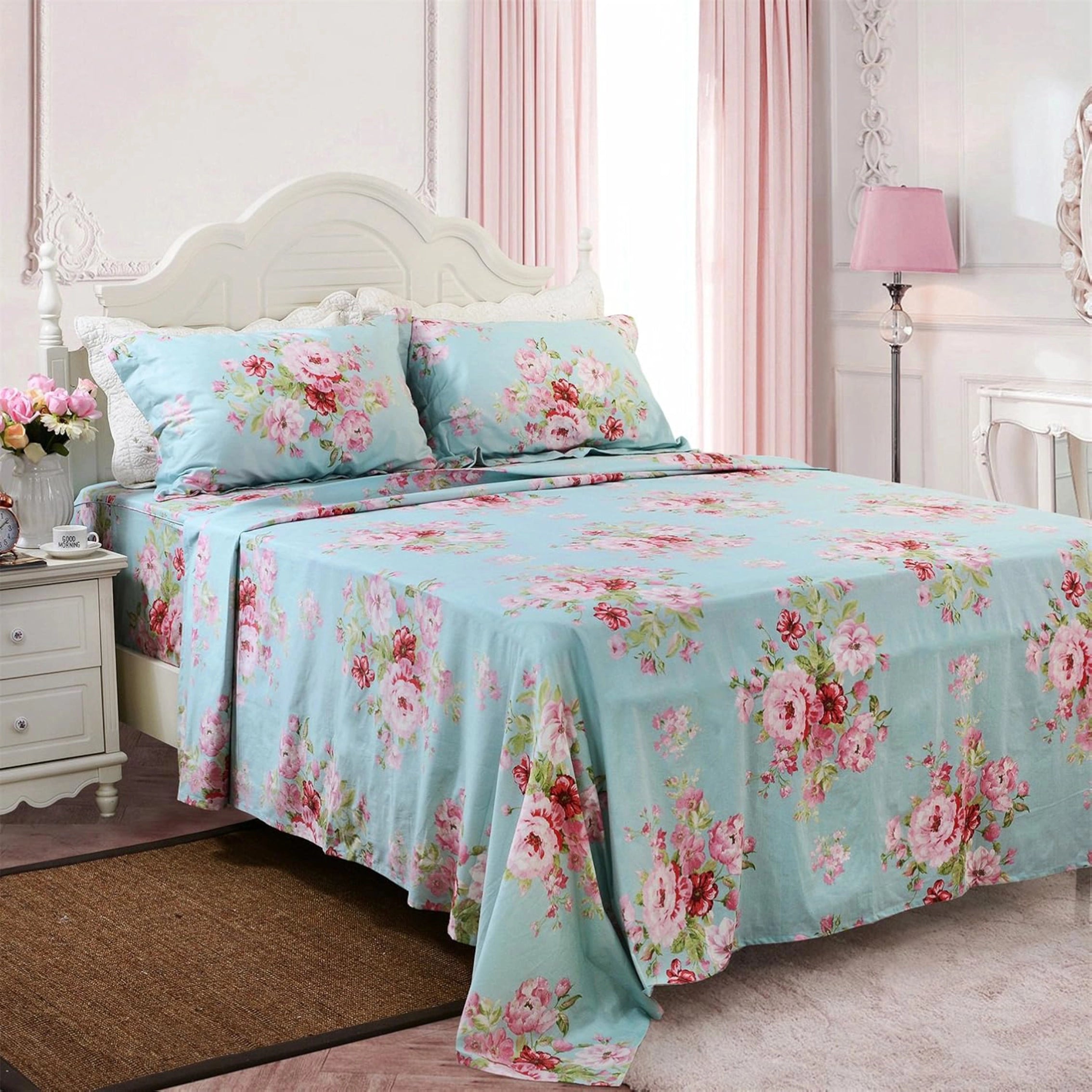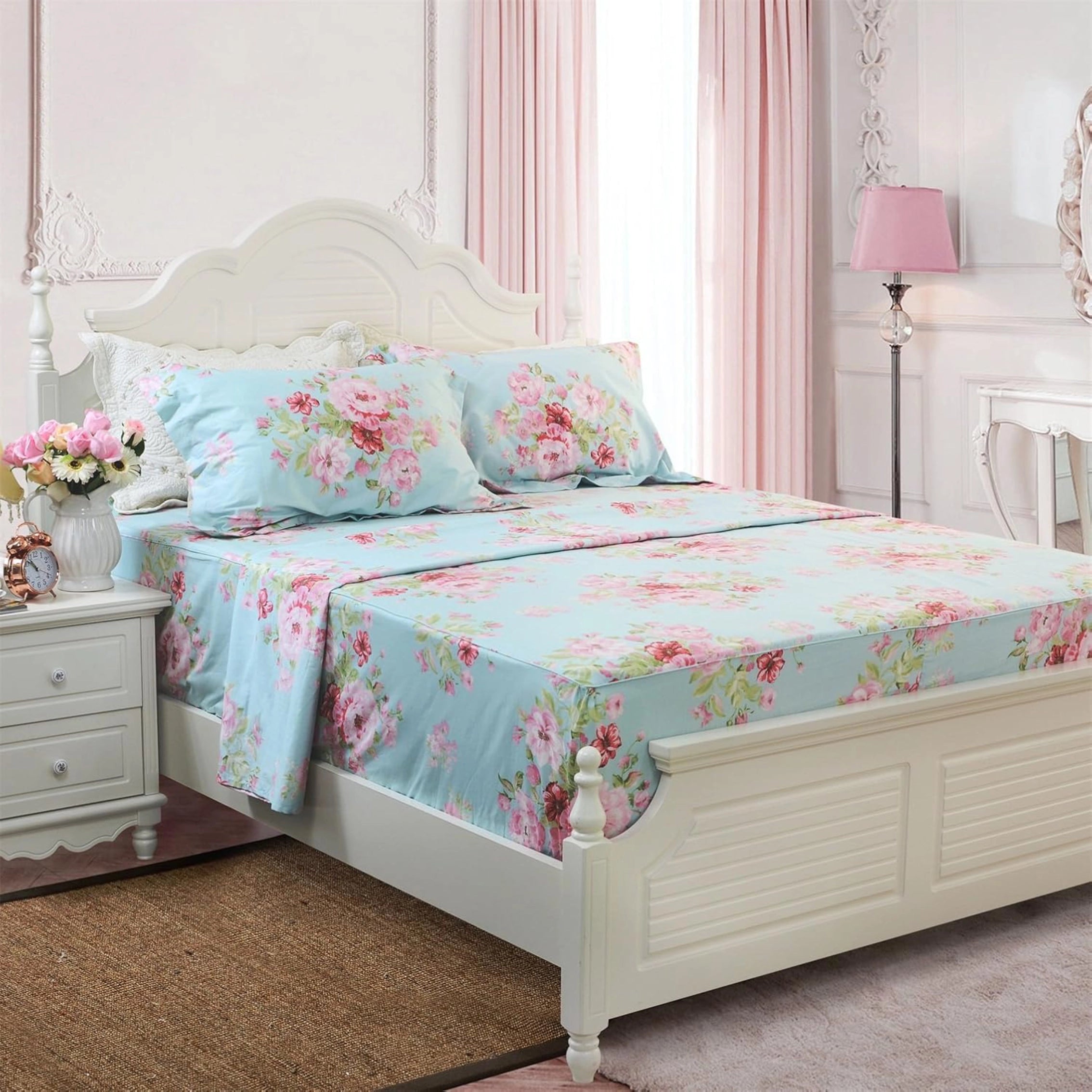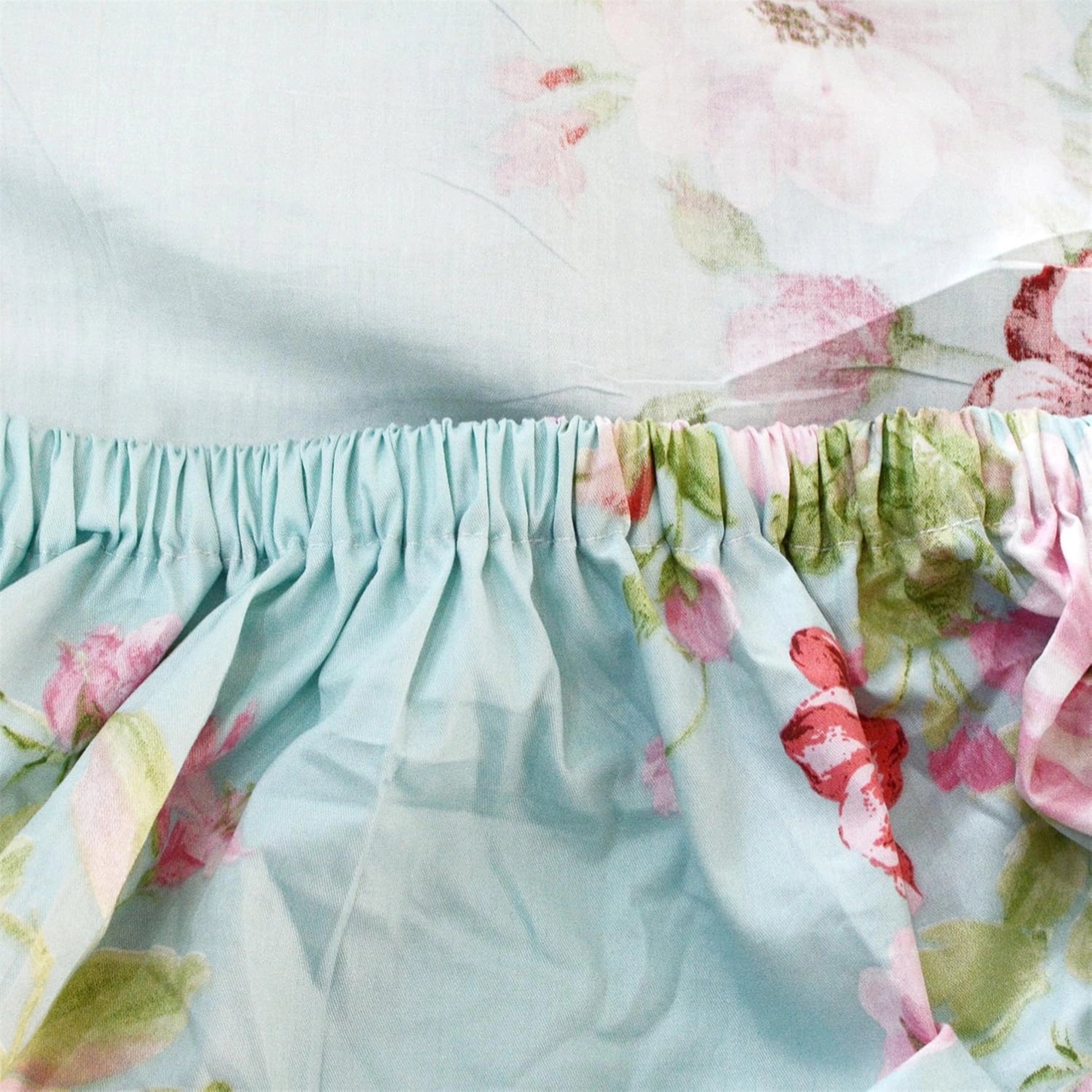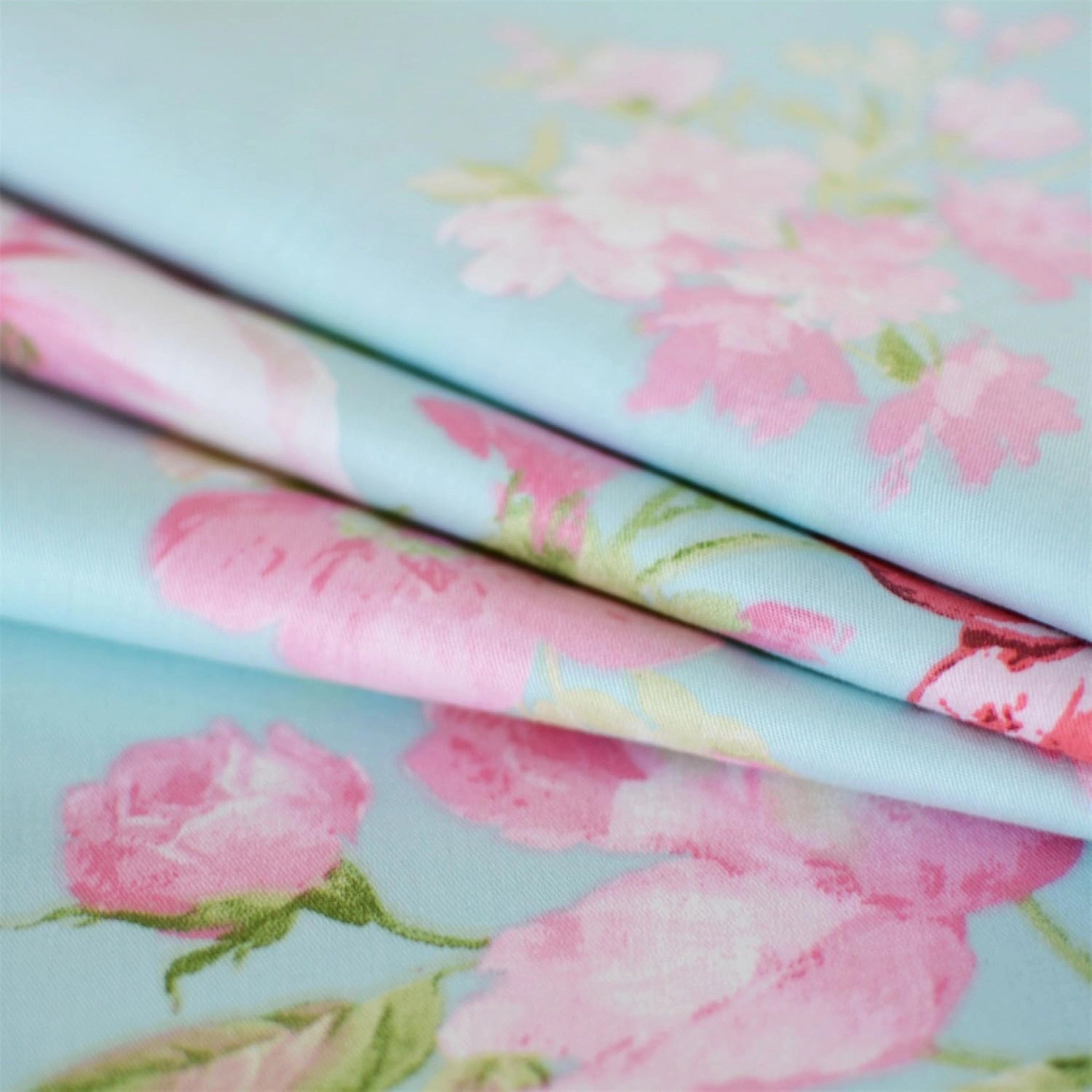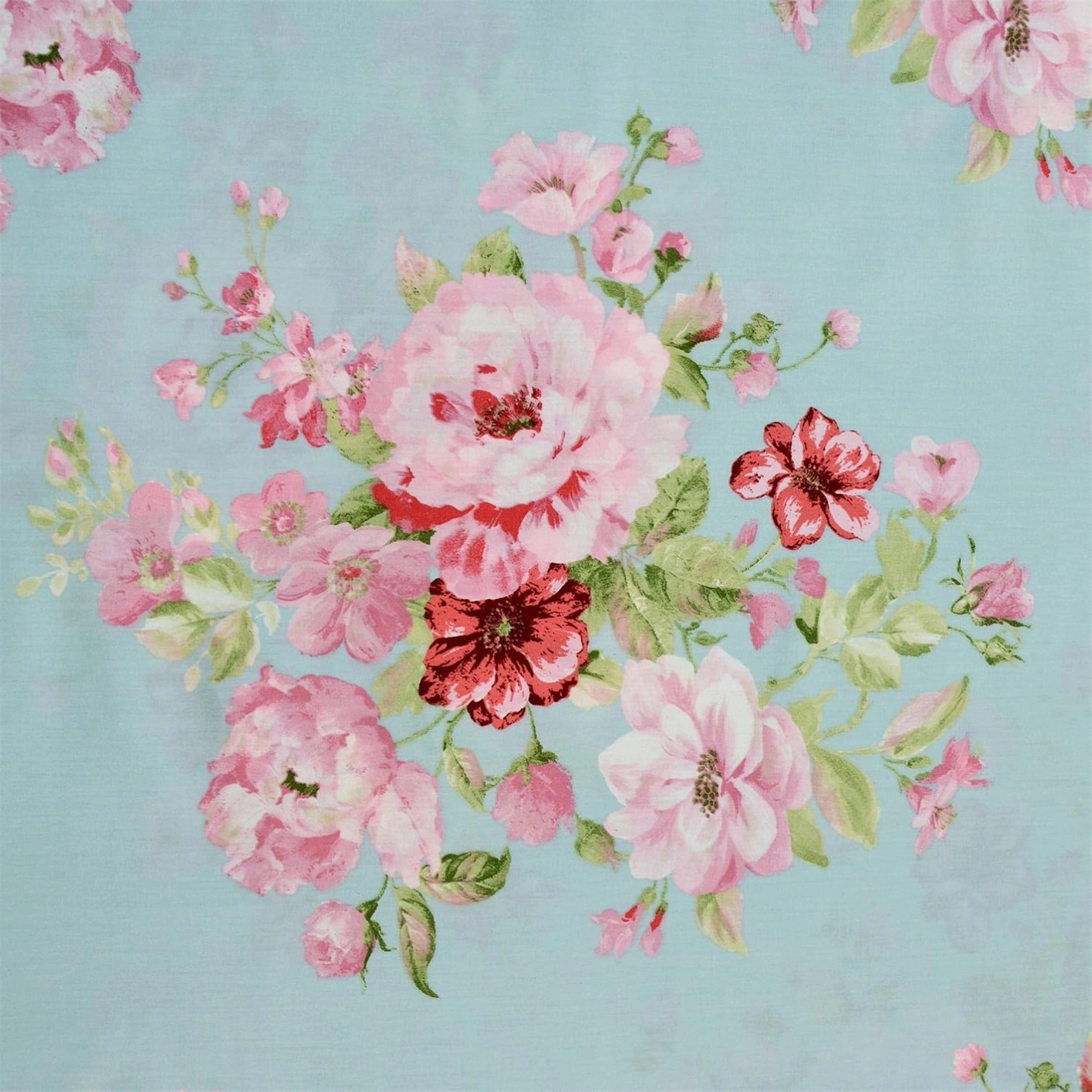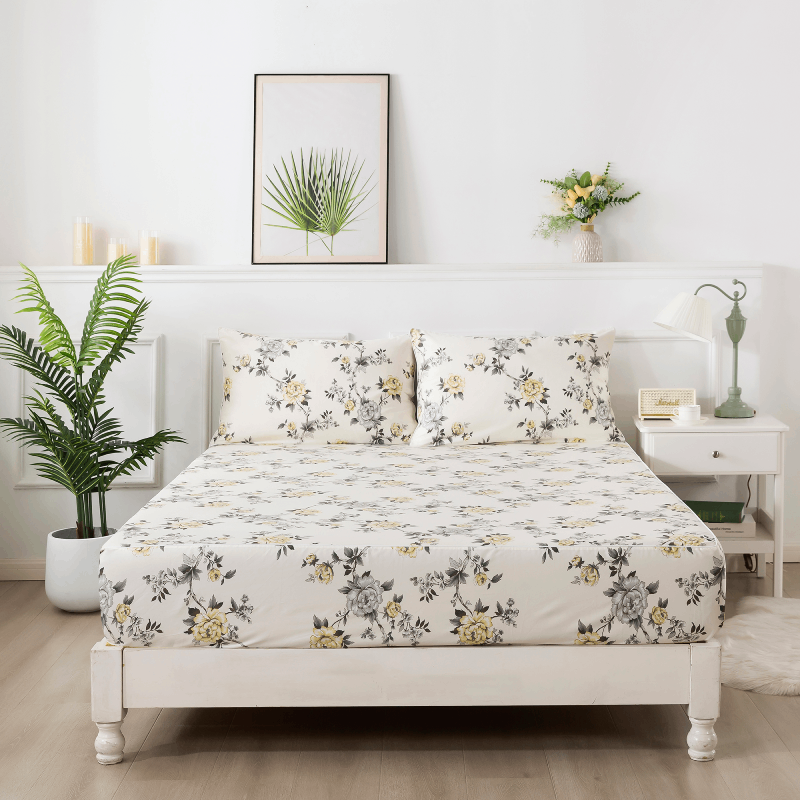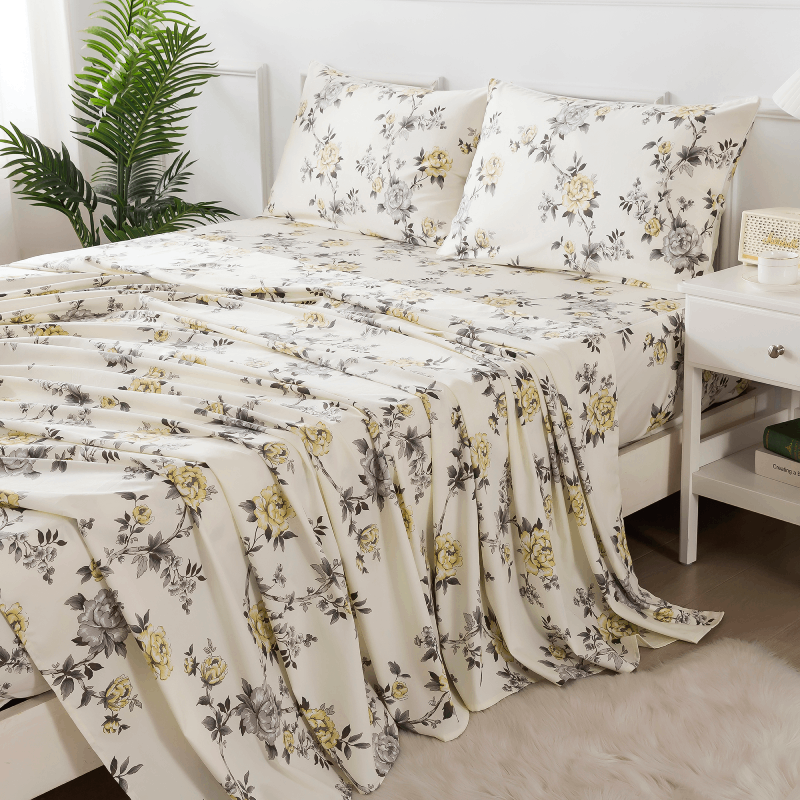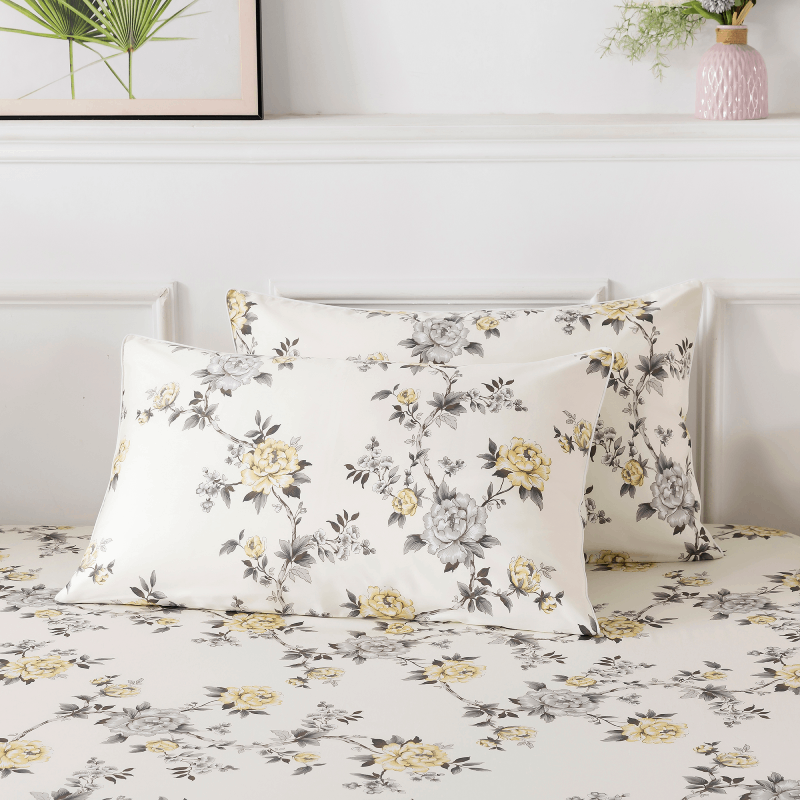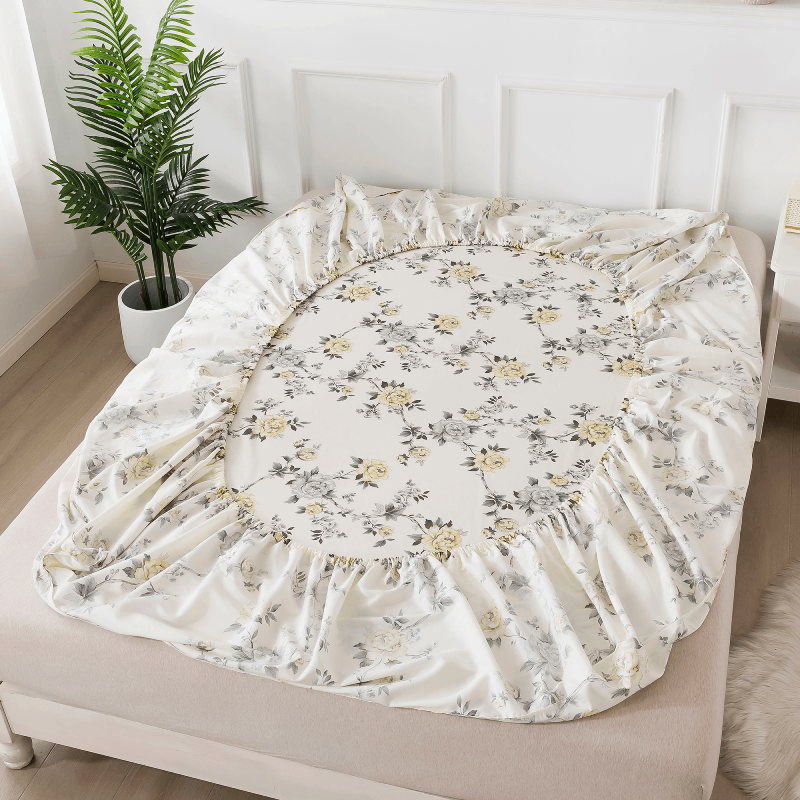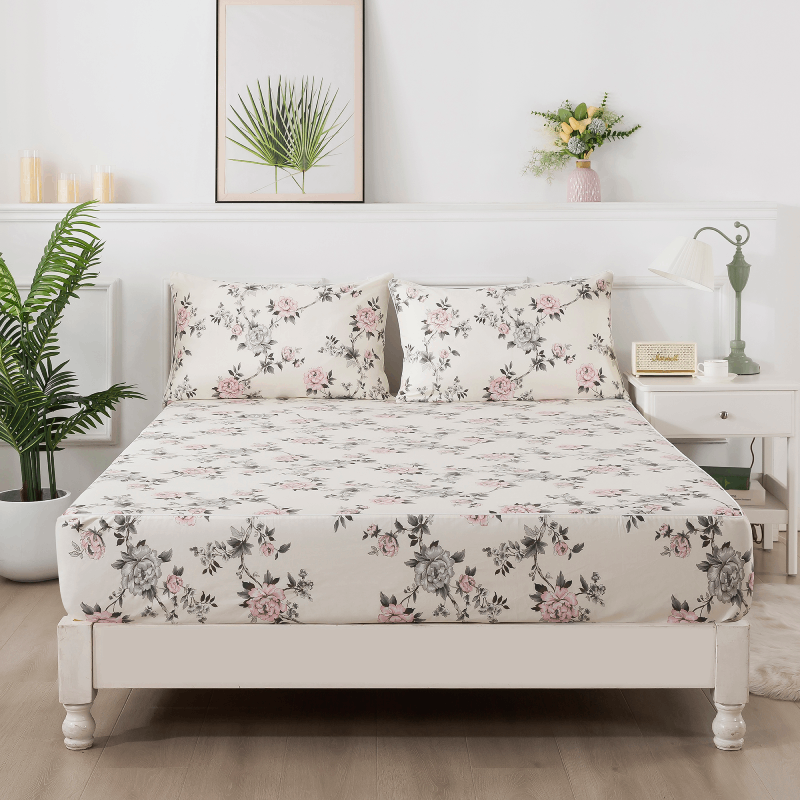In today’s world, sustainability is more than just a buzzword—it’s a responsibility. As climate change and environmental degradation continue to be pressing global concerns, many of us are seeking ways to make more conscious choices in our everyday lives. One area that often gets overlooked is our bedrooms—specifically, the bedding we sleep on every night.
In this blog post, we’ll explore why choosing eco-friendly bedding matters, the best sustainable fabrics available, and how you can make mindful decisions that are good for the planet and your health.
Why Sustainability in Bedding Matters
1. The Hidden Cost of Conventional Bedding
Traditional bedding materials, especially those made from synthetic fibers like polyester or conventional cotton, come with significant environmental costs. Conventional cotton alone uses:
- Around 2,700 liters of water to produce just one T-shirt (and much more for bedding)
- High amounts of pesticides and insecticides
- Energy-intensive manufacturing and dyeing processes
Synthetic materials like microfiber or polyester, on the other hand, are derived from petroleum, do not biodegrade, and release microplastics into the environment when washed.
2. Impact on Your Health
Non-organic bedding may contain chemical residues from pesticides, dyes, and flame retardants. These chemicals can cause skin irritation, allergies, or even respiratory issues over time, especially for babies, children, or those with sensitive skin.
Choosing organic and sustainable bedding reduces your exposure to these harmful substances, ensuring a healthier sleep environment.
The Best Eco-Friendly Fabrics for Bedding
When choosing sustainable bedding, the fabric matters most. Here are some of the most eco-conscious choices:
1. Organic Cotton
- Why it’s sustainable: Grown without harmful chemicals or pesticides and uses less water than conventional cotton.
- Benefits: Soft, breathable, hypoallergenic, and safe for sensitive skin.
- Certifications to look for: GOTS (Global Organic Textile Standard), OEKO-TEX
2. Linen
- Why it’s sustainable: Made from flax, a low-impact crop that requires minimal water and pesticides.
- Benefits: Durable, naturally antibacterial, and gets softer with every wash.
3. Bamboo (Viscose or Lyocell)
- Why it’s sustainable: Bamboo grows quickly and doesn’t require fertilizers or pesticides.
- Caution: Look for closed-loop processing (e.g., TENCEL™ branded Lyocell), which is more environmentally friendly than traditional viscose production.
- Benefits: Silky texture, breathable, moisture-wicking, and naturally antibacterial.
4. Hemp
- Why it’s sustainable: One of the most sustainable plants—grows rapidly, improves soil health, and requires very little water.
- Benefits: Strong, long-lasting, and thermoregulating.

What Makes Bedding Truly Sustainable?
It’s not just about the fabric—it’s about the entire lifecycle of the product.
Look for:
- Certified organic materials
- Low-impact dyes or plant-based dyes
- Fair Trade certifications (ensures ethical labor practices)
- Recyclable or compostable packaging
- Transparent supply chains from field to finished product
How to Shop for Eco-Friendly Bedding
Making the switch doesn’t mean sacrificing comfort or style. Here’s how to make smart, sustainable choices:
1. Read the Labels
Look for certifications like:
- GOTS (Global Organic Textile Standard)
- OEKO-TEX Standard 100
- Fair Trade Certified
- FSC-certified packaging
2. Prioritize Longevity
Choose high-quality bedding that lasts longer and doesn’t need to be replaced frequently. Fewer replacements mean less waste over time.
3. Support Responsible Brands
Look for brands that:
- Share information about their supply chain
- Use renewable energy in production
- Offer take-back or recycling programs
4. Choose Timeless Designs
Instead of following fast home decor trends, pick neutral or classic styles that you’ll love for years—reducing the urge to replace bedding every season.
Why Fadfay Supports Sustainability
At Fadfay, we believe that beauty and sustainability can—and should—go hand in hand. That’s why we’re committed to:
- Using 100% cotton and natural materials in our floral bedding collections
- Avoiding harmful chemicals in our dyeing processes
- Crafting long-lasting, heirloom-quality pieces
- Using eco-conscious packaging whenever possible
Explore our romantic floral bedding collection and start your journey toward a more sustainable bedroom today.

Final Thoughts: Small Changes, Big Impact
Switching to sustainable bedding may seem like a small step, but it’s one that has a ripple effect. Not only does it reduce your environmental footprint, but it also improves your sleep quality and supports ethical production practices.
By choosing natural, responsibly sourced materials, you’re not just investing in a better night’s sleep—you’re investing in a better planet.

